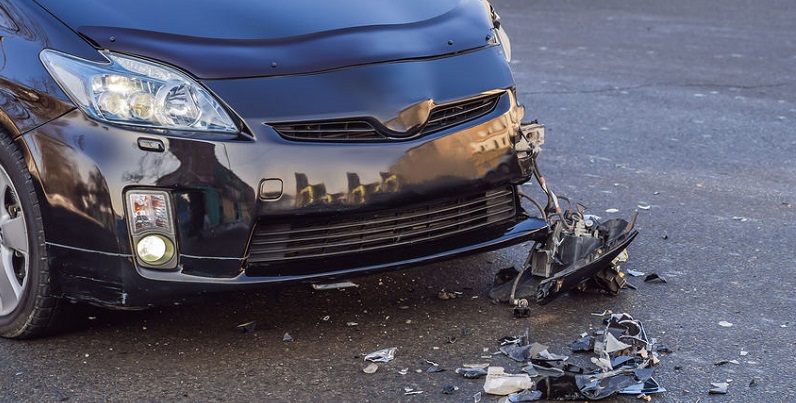The new noneconomic damage caps in Colorado personal injury cases apply only to claims made on and after January 1, 2020 and before January 1, 2022.
First Hike of Statutory Limits Related to Personal Injury in Over a Decade
In April 2019, Colorado Governor Jared Polis signed legislation to increase the limits for statutory damages for the first time in more than a decade. The new damage caps apply only to claims made on and after January 1, 2020, and before January 1, 2022. The present caps for claims made before January 1, 2020, remain unchanged.
The new damage caps are as follows:
- Noneconomic loss or injury: $613,760, increased to a maximum of $1,227,530 if clear and convincing evidence is shown to justify the increase. (The previous caps were $468,010 and $936,030.)
- Derivative noneconomic loss or injury: $613,760. (The previous cap was $468,010.)
- Noneconomic loss in Colorado wrongful death claims: $571,870. (The previous cap was $436,070.)
- Dram Shop Act Claims: $368,260. (The previous cap was $280,810.)
- Solatium Damages (compensation for loss or suffering): $114,370. (The previous cap was $68,250.)
The law also requires that damage caps be adjusted every two years. Thus, on January 1, 2022, and every two years after that, Colorado’s damage caps are expected to be increased again. Medical malpractice claims having been excluded from the recent increases, they remain capped at $300,000 for noneconomic damages and $1 million overall.
The bill’s sponsor, Senate Majority Leader Steven Fenberg, a Boulder Democrat, explained that an increase in medical malpractice damage caps was left out of the bill because its inclusion would have potentially made the bill’s passage more difficult, and any adjustment in medical malpractice damage caps will need to come through another bill.
Law Passed Along Party Lines
Reaction to the bill mostly followed party lines. In the Senate, all Republicans voted no, all Democrats voted yes. In the house, Yadira Caraveo was the lone Democrat voting no. The passage of higher damage caps reflects the new face of Colorado state government since the Democrats regained control of the senate after the 2018 election. They now control both chambers of the legislature and the governor’s office.
Proponents of the higher caps say that the changes were necessary because of increases in the cost of living. Opponents warn that small business owners will have to pay higher insurance premiums to protect themselves from greater potential liability. The law increases caps by nearly $79,000 in non-extreme cases.
Most states — 41 states and the District of Columbia — impose no caps on noneconomic damages in general personal injury cases. In addition to Colorado, eight other states do impose caps on damages.
Noneconomic damages in medical malpractice cases are capped in 24 states. No caps exist in 21 states and the District of Columbia, and caps are considered unconstitutional in Alabama, Florida, Georgia, Illinois, New Hampshire, Oklahoma, and Washington. Arizona, Arkansas, Kentucky, Pennsylvania, and Wyoming have constitutional provisions barring caps for general torts. New York, Ohio, Oklahoma, and Utah forbid caps in wrongful death cases.
Contact an Experienced Colorado Personal Injury Attorney
Were you injured in an accident caused by someone else’s negligence? Contact personal injury attorney Dan Rosen at (303) 454-8000 or (800) ROSEN-911 to schedule your free initial consultation to discuss the details of your case.

